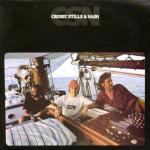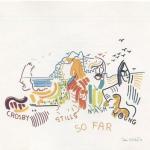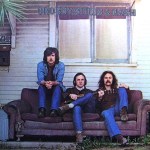More of the Music of Stephen Stills
Reviews and commentaries for Stephen Stills’ debut
One of our good customers had this to say about Hot Stampers he purchased recently:
Hi Tom,
I need to write you about the Stephen Stills LP I just listened to. I picked up a copy one day long ago in the past, and it never wowed me.
So later, following the crowd, I purchased the Classic. I remember cranking Black Queen. It sounded audiophile-ish. But I was not taken aback by the sound, filed it, and then virtually never listened to it.
Down deep I knew that it was no good, but I figured it was the music, not so much the pressing.
Now for BR. So once again my mind is totally blown with no wiggle room.
For me this album is really about the last 3 songs on both sides. I have never heard this music how it was intended to sound, ever!
But now I have.
Church was better than phenomenal. Old Times Good Times — the organ on this one is through the roof good and Go Back Home — the guitars and the vocal had such beautiful tones… simply amazing.
Black Queen — Holy Cow… I am just speechless… the guitar tones, the grit in it along with the grit in the vocal… so raw and powerful I found myself making faces… I was truly beside myself. I felt like I was in the studio. Truly an amazing experience for me as I have loved this song for a very long time but never liked how it sounded on my LPs.
But wait there’s more.
Cherokee… Massive instant major warm bass filled the air and the room expanded from the super boomy tubey horns etc… I was screaming (yelping) with joy! What an unbelievable experience for me…. truly amazing. Words just don’t do the experience justice.
You can take that Classic Records copy and chuck it! Some ‘audiophile’ dude will be very happy to buy it when I start selling LPs again which I need to do since they are piling up.
Once again…. so many thanks to all at BR as these sounds are some of best joys in my life.
Michel
Dear Michel,
I’m with you. I never liked the Classic Records pressing on the album and said so in my review for their remastered Manassas:
The Classic pressing was a disaster. Can you imagine adding the kind of grungy, gritty sound that Bernie’s mastering chain is known for (around these parts, anyway) to a recording with those problems already?
It was a match made in hell.
Back in the day when I was selling lots of Classic Heavy Vinyl, this was one of the titles I refused to have anything to do with. This and Stephen Stills’ first album — both were personal favorites of mine and both were awful on Classic Records.
Later in my review I added:
As a general rule, Manassas, like most Heavy Vinyl pressings, will fall short in some or all of the following areas when played head to head against the vintage pressings we offer:
-
- It will tend to lack ambience, size and space.
- It will tend to have more compression.
- It will tend to lack energy.
- It will tend to have more smear.
- It will tend to lack transparency.
- It will tend to lack ambience, size and space.
My question to the Vinyl True Believers of the World is this: Why own a turntable if you’re going to play records like these?
You bought the Classic of Stills’ first album, thought the music wasn’t as good as you remembered it, and proceeded to file it on the shelf where it sat collecting dust for the next twenty years.
This is the heart of the problem with many of the Heavy Vinyl releases that have been coming out since the nineties:
They don’t communicate the joy of the music.
They in fact ruin the music with their lousy sound.
There is no joy to be had by playing them.
They’re a bore and a waste of time.
Why go into detail about their faults? Just recognize that they don’t live and breath the way vintage records do and stop buying them. Getting rid of the ones you have is also a good idea.



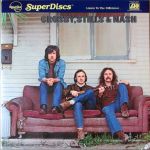
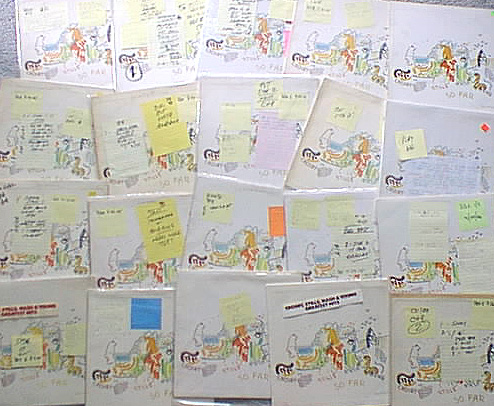 But most people will never know what they’re missing on Helplessly Hoping, because they will never have an amazing sounding copy of the album. The hot copies are just too rare.
But most people will never know what they’re missing on Helplessly Hoping, because they will never have an amazing sounding copy of the album. The hot copies are just too rare.